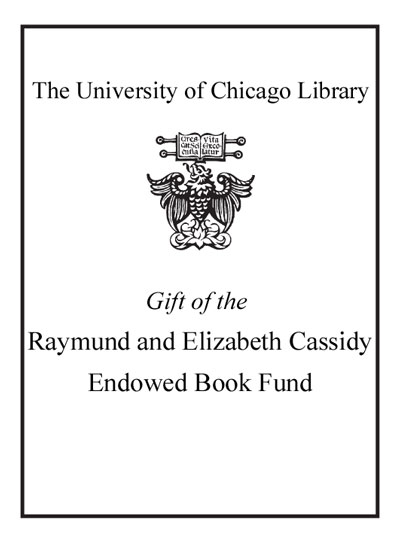Review by Choice Review
English linguist Robinson (Lost Languages, 2002) provides a brief biographical explanation of the work of the precocious young British architect Michael Ventris, who deciphered the prehistoric Cretan Linear B script from tablets found at Knossos by Sir Arthur Evans in 1900, and then by Wace and Blegen at Pylos. Ventris's training in architecture, his wide readings, his fluency in ten languages, and his obsession, funded by his own and his wife's private incomes, enabled him to devote immense time to statistical and other analyses. But it was as much inspiration and a willingness to admit that he was wrong that enabled him in 1952 to show that Linear B was not (as he had maintained since age 18 in his 1940 American Journal of Archaeology article) Etruscan, but actually an early Greek dialect. He teamed up with classical philologist John Chadwick to develop phonetic tables and translate the hitherto undecipherable scrawls. Tragically, Ventris was killed in 1956, but his influence on the study of prehistoric writing remains. There is much in this book that parallels James Watson's The Double Helix (CH, May'68). General collections. R. Higham emeritus, Kansas State University
Copyright American Library Association, used with permission.
Review by Choice Review

